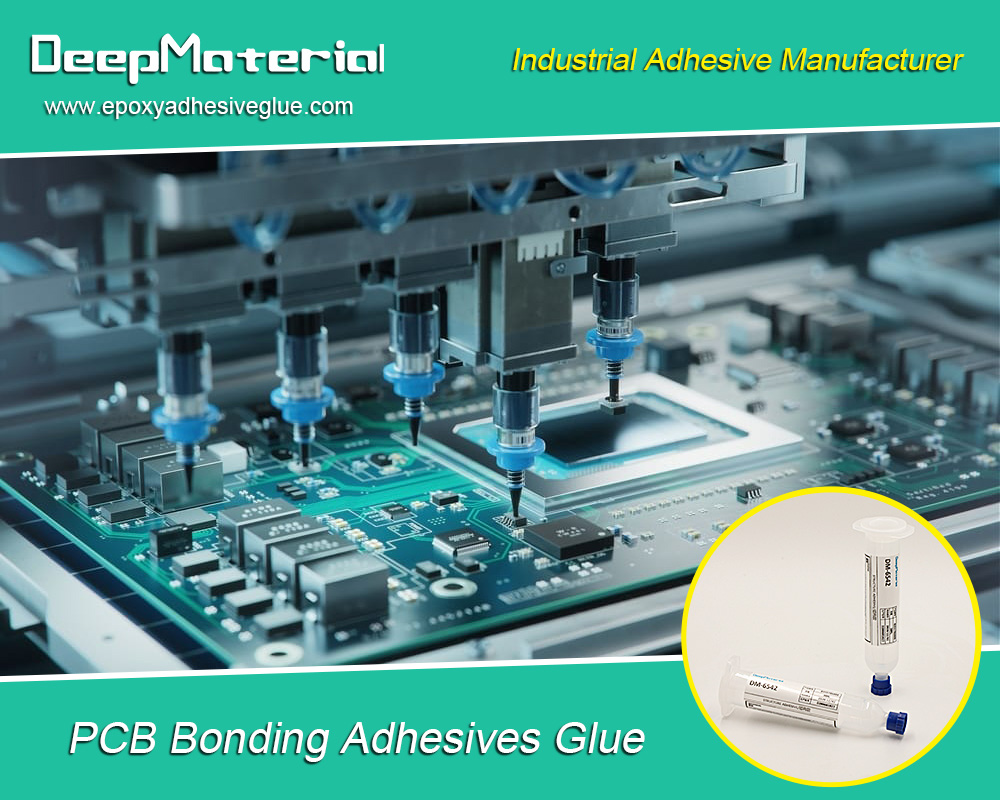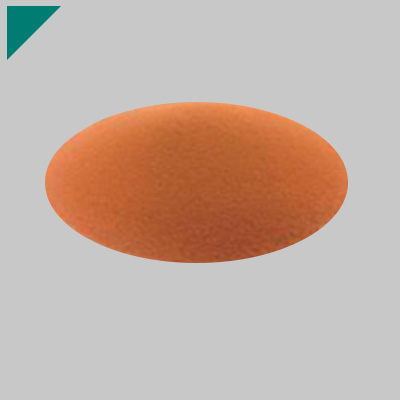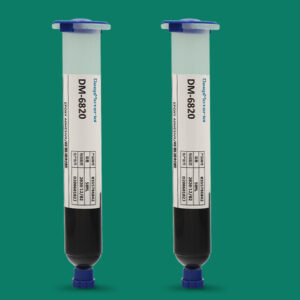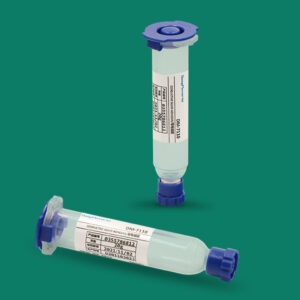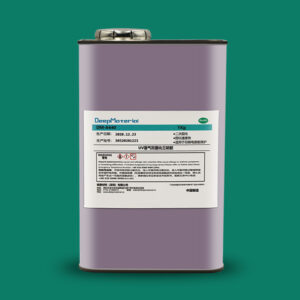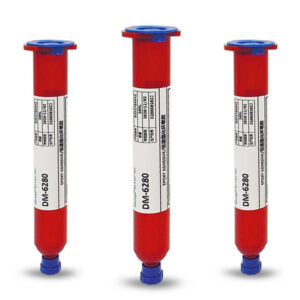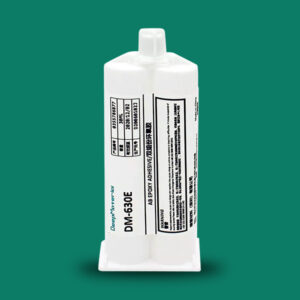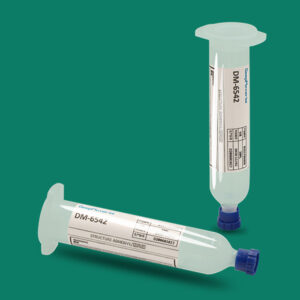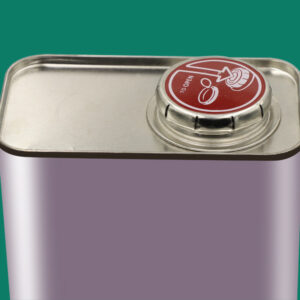The Ultimate Guide to Using Epoxy Glue for Glass to Plastic Bonding
The Ultimate Guide to Using Epoxy Glue for Glass to Plastic Bonding
Glass-to-plastic bonding is crucial in various industries, including electronics, medical devices, and automotive parts. Epoxy glue is a popular adhesive for glass-to-plastic bonding because of its high strength and durability. In this blog post, we will guide you on how to use epoxy glue for glass-to-plastic bonding.
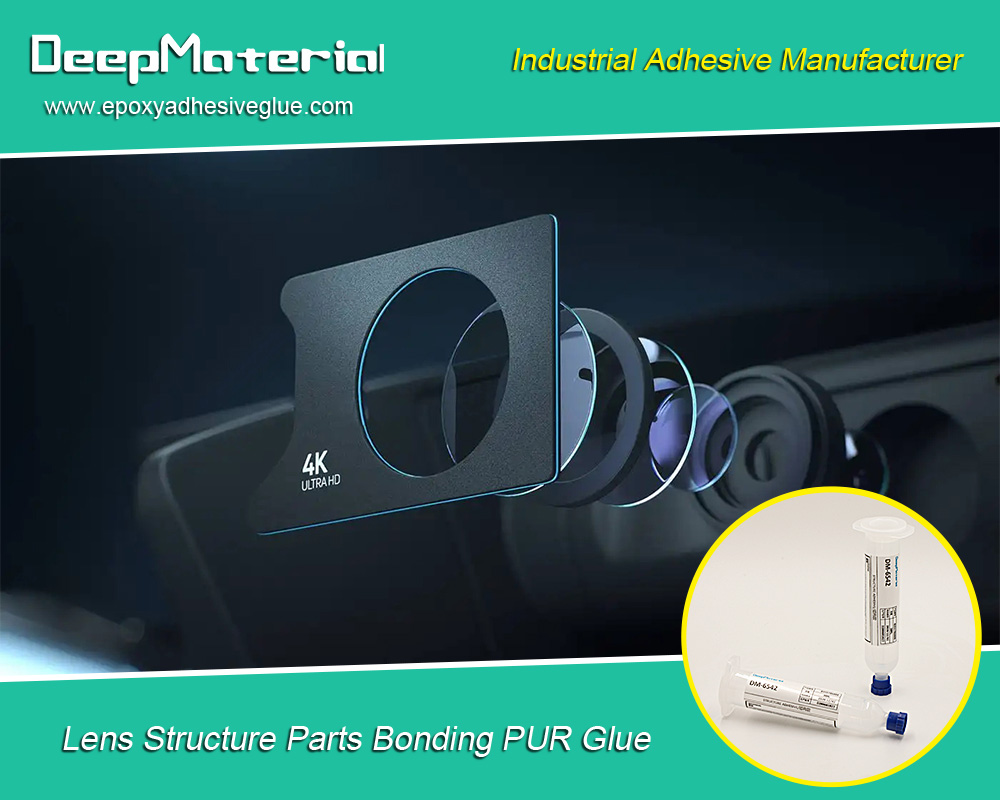
Benefits of using epoxy glue for glass-to-plastic bonding
Due to its excellent properties, epoxy glue is a popular adhesive used in bonding glass to plastic. The benefits of using epoxy glue for glass-to-plastic bonding are as follows:
- High bonding strength:Epoxy glue is muscular, allowing for a secure bond between glass and plastic surfaces.
- Excellent durability:Epoxy glue is highly durable and can withstand exposure to environmental conditions, such as temperature changes and moisture.
- Resistant to chemicals and solvents:Epoxy glue is highly resistant to chemicals and solvents, which makes it ideal for applications where exposure to these substances is likely.
- Easy to apply:Epoxy glue is easy to apply and can be used by both professionals and DIY enthusiasts.
The above benefits make epoxy glue ideal for glass-to-plastic bonding in various industries, including automotive, electronics, and medical devices. It provides a long-lasting and reliable bond, ensuring the safety and quality of the final product.
Different types of epoxy glue are available.
Epoxy glue is an effective adhesive for glass-to-plastic bonding, and different types of epoxy glue are available to suit different needs. Understanding the different kinds of epoxy glue available can help you choose the best one for your application.
Here are the three main types of epoxy glue for glass-to-plastic bonding:
- One-part epoxy glue:This type is premixed and ready to use from the container. One-part epoxy glue is ideal for small-scale projects and those new to epoxy glues.
- Two-part epoxy glue:This type of epoxy glue consists of two components – the resin and the hardener. The resin and hardener must be mixed together before use. Two-part epoxy glue provides a stronger bond than one-part epoxy glue and is suitable for large-scale projects.
- UV-cured epoxy glue:This type of epoxy glue requires exposure to UV light to cure. UV-cured epoxy glue is ideal for projects that require a fast curing time and where the adhesive may be difficult to access after it has been applied.
Benefits of using different types of epoxy glue for glass-to-plastic bonding:
- One-part epoxy glue is easy to use and doesn’t require any mixing.
- Two-part epoxy glue provides a strong bond and is ideal for larger-scale projects.
- UV-cured epoxy glue cures quickly and is ideal for projects requiring a fast time.
By understanding the different types of epoxy glue available, you can choose the best one for your specific application and achieve a successful glass-to-plastic bonding.
Steps involved in the bonding process
When bonding glass to plastic using epoxy glue, several essential steps are involved in the process. Here is a breakdown of each step to ensure a successful bond:
Cleaning the surfaces:
The first step is cleaning the surfaces to remove dirt, dust, or grease. This is important because any impurities on the surface can hinder the bond’s strength. Use a clean cloth and a mild solvent such as isopropyl alcohol to clean the surfaces thoroughly.
Applying the epoxy glue:
Once the surfaces are clean, apply the epoxy glue to one of the surfaces. You can apply the adhesive using a brush, a syringe, or a dropper depending on the size and shape of the surfaces. Be sure to apply the epoxy glue evenly and avoid applying too much or too little.
Clamping the materials:
After applying the epoxy glue, join the glass and plastic surfaces together. Clamping the materials firmly in place is essential to ensure a strong bond. The clamps should be placed at regular intervals along the bond line and should not be too tight, as this can cause the adhesive to squeeze out.
Curing the epoxy glue:
Finally, allow the epoxy glue to cure according to the manufacturer’s instructions. The curing time may vary depending on the type of epoxy glue used and the ambient temperature. Avoid moving or disturbing the bond during curing to ensure a solid and long-lasting bond.
Here are some additional tips to ensure successful bonding:
- Avoid touching the surfaces after cleaning, as this can transfer oils from your skin to the characters.
- Use protective gloves to avoid skin irritation or allergic reactions when handling epoxy glue.
- Avoid mixing different types of epoxy glue, as this can affect the bond’s strength and durability.
- If the bond line is visible, use clear or color-matching epoxy glue to achieve a more aesthetically pleasing bond.
Tips for successful epoxy glue glass to plastic bonding
Use the correct type of epoxy glue.
Choosing the correct type of epoxy glue can ensure a strong bond between glass and plastic materials.
Clean the surfaces thoroughly.
Before applying the epoxy glue, the surfaces should be cleaned and free of debris, dirt, or grease.
Follow the manufacturer’s instructions.
Following the manufacturer’s instructions is crucial for adequately applying and curing epoxy glue.
Use the appropriate amount of epoxy glue.
Using the appropriate amount of epoxy glue ensures a strong bond and prevents excess adhesive from creating a mess.
Allow sufficient time for curing.
Proper curing time is crucial for a strong bond between glass and plastic materials.
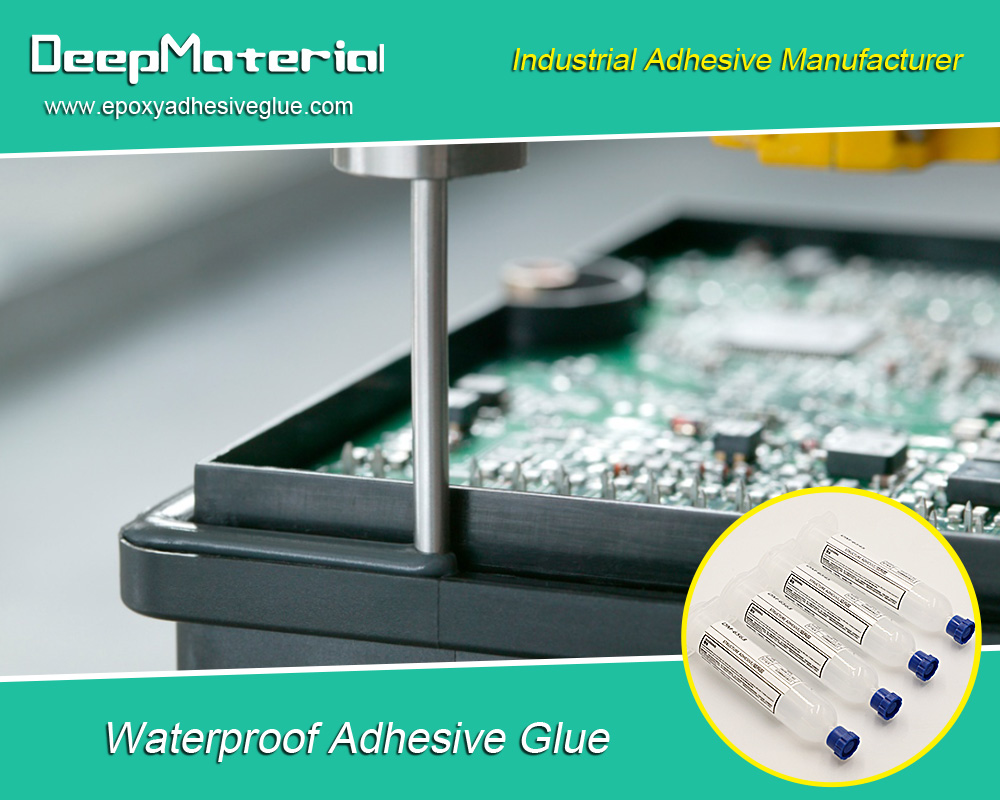
CONCLUSION:
Epoxy glue is a reliable adhesive for glass-to-plastic bonding, offering high bonding strength, durability, and resistance to chemicals and solvents. Proper steps and tips ensure a successful bond between glass and plastic materials. This blog post has provided valuable information on using epoxy glue for glass-to-plastic bonding.
For more about choosing the epoxy glue for glass to plastic bonding,you can pay a visit to DeepMaterial at https://www.epoxyadhesiveglue.com/category/epoxy-adhesives-glue/ for more info.


